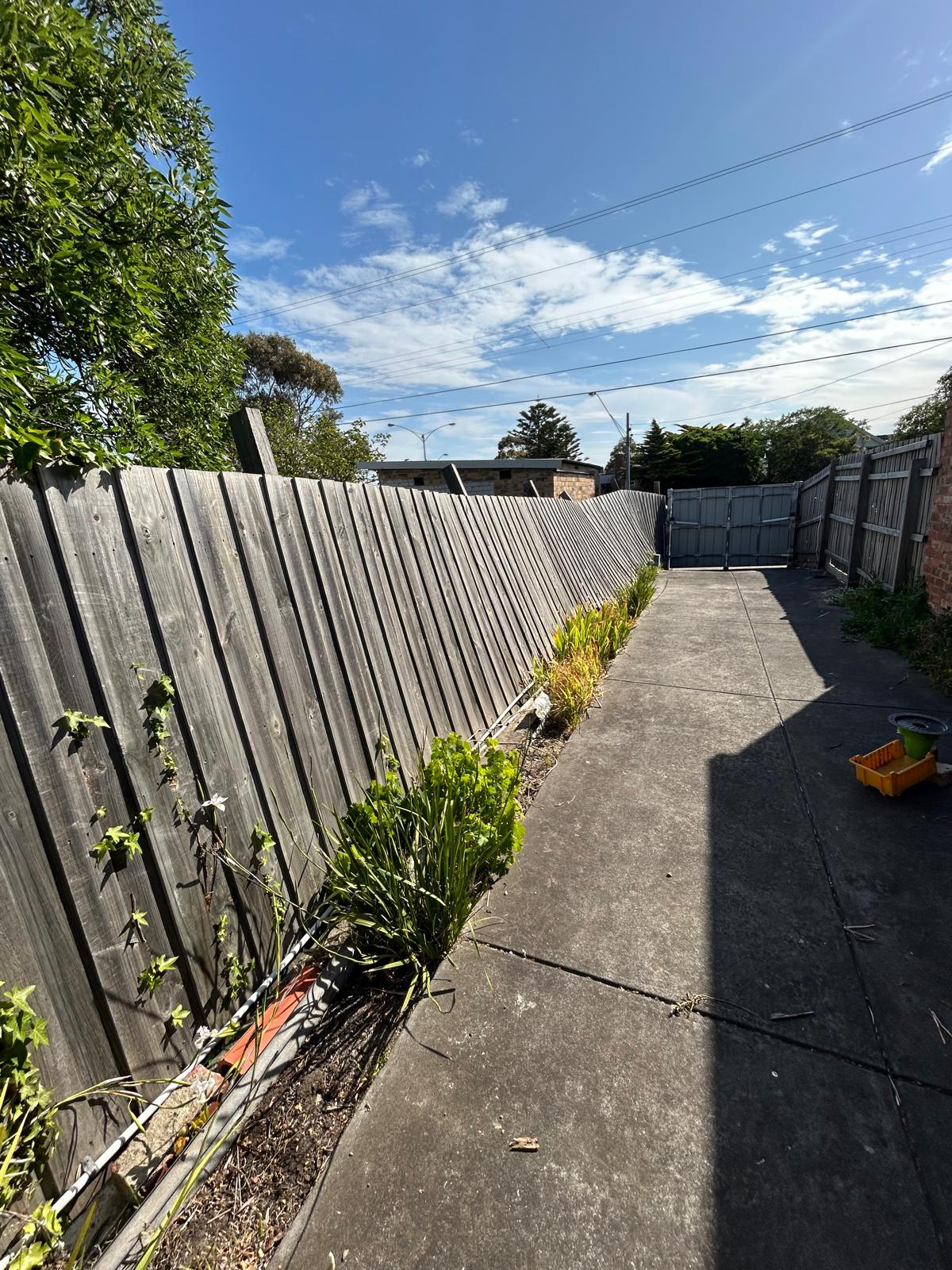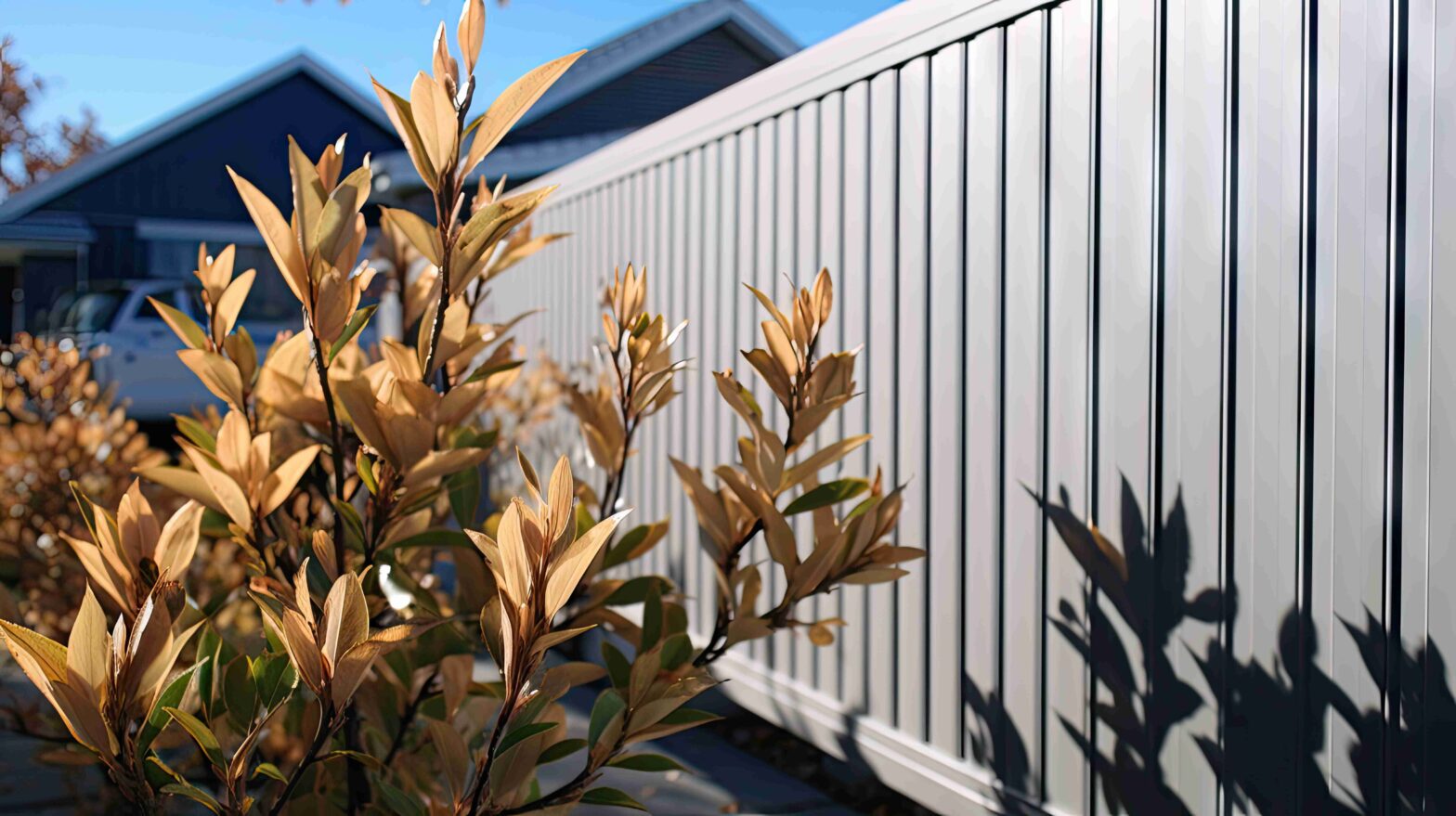What Is the Best Type of Fence to Have?

Our team gets a lot of queries from customers about the best type of fence that we have. For that, allow this fencing contractor to answer that question with another question.
“Best in what, exactly?”
The word “best” doesn’t mean jack without anything to pertain it to. Are you in the market for the best fencing option for your fencing project on a limited budget? Or perhaps the best fence styles to have in your beachside home? Or maybe the best fence types for enclosing your backyard pool? A new fence can enhance your property’s curb appeal while providing privacy and security. Our team has answers for each one – all here in this blog post.
Best in Being Environmentally Friendly: Timber Fencing
Of all the natural wood fencing materials in the market right now, timber has been used for the longest time. Alongside other materials such as stone, timber was a popular choice for property owners to demarcate their territories and protect them from intruders. Even as humanity developed newer materials, timber remains a popular choice for constructing a cost-effective wooden fence.
That said, there’s another reason for timber staying relevant. Some experts believe that it’s the most environmentally friendly material we have right now, more than its more modern competitors like aluminium and steel. A recent study of various buildings in the U.S. found that mass timber contributes far less to global warming than concrete and steel.
Equally important is that a significant portion of the timber supply comes from sustainable sources such as tree farms. In doing so, end users like timber fencing manufacturers don’t contribute to clearing virgin forests to meet timber demand.
Best in Being a Cost-Effective Classic: Picket Fencing
Wood fences have been used for centuries to protect property and define boundaries. Picket fences are synonymous with the colonial era. There wasn’t any deep reason behind the popularity of these wooden fences at the time; homeowners found them easy to make and set up. They did a decent job of surrounding and protecting their property. Sturdy fence posts are essential for the longevity of any wood fence.
A picket fence, often seen as a classic garden fence, can add character to any home. These wooden fences may seem like staples for old-fashioned homes in the U.S., but their charms also apply to homes here Down Under. They become even more beautiful when placed in some bushes or hedges as a backdrop. The combination stops small and large pets from squeezing their way through the gaps between pickets.
All these benefits and more come at a lower cost than most boundary fencing or metal fencing options. This is mainly because creating picket fences requires less wood and other materials if said gaps are any indication. Traditional wood fence designs don’t stand as tall as others, just tall enough to be able to speak with neighbours and passersby without leaving the property.
Best in Being a Sturdier Picket Fence: Tubular Steel Fence
Tubular steel fencing is the brainchild of putting together the best (no pun intended) of both worlds. Between steel fencing’s remarkable strength and the visibility a white picket fence provides, this fencing solution works if you want more security for your property.
As its name implies, a tubular steel fence consists of a row of steel tubes welded onto the solid panel frame. The tubes are typically extruded while still hot, resulting in a structure that’s as resilient as dense steel despite being hollow inside.
The metal fence’s design allows it to hold its own under extreme weather conditions, which are a dime a dozen in Australia. The gaps between the tubes enable cyclone-force winds to pass through, greatly lowering the risk of the steel fences toppling over. All this while showcasing your yard in all its landscaping glory. A tubular steel fence is a great way to enhance your outdoor space with a touch of timeless elegance.
Best in Maximising Resilience and Visibility: Wire Fence
Wire is quite unique for a fencing material. You might not see it used as much as the other materials, but that’s no reason to dismiss it. When it comes to all-around resilience, wire fences are arguably the best there is.
“Really? This flimsy-looking wire?” some of you might think. Resisting impact isn’t the only way to show a chain link fencing’s resilience; in the case of chain link fences, it can bend with the incoming blow and distribute the force unlike stone fencing. When exposed to cyclone-force winds, it holds its own even better because there’s hardly any surface for the wind to blow against.
Also, because of the way the wires are arranged, wire metal fencing offers a reasonable balance between security and visibility. These metal fences can be built higher than a picket fence (when you include its foundation), keeping everything you want in and everything you don’t want out far more effectively. All this while showcasing your yard in all its landscaping glory.
Best in Keeping It Down: Brushwood Fence
Brushwood fences are another unique and relatively rare kind, consisting of hundreds of bundled brushwood. The source of the brushwood, Melaleuca uncinata, isn’t currently in any danger of going extinct, so the supply isn’t making them as costly as you might think. On top of that, most of the good quality brushwood used in fencing comes from managed plantations.
They may seem like your run-of-the-mill privacy fences until you consider one feature that makes them stand out. With a minimum thickness of 50 mm, this privacy fence can reduce sound waves or make them bounce off its surface which makes it a solid fencing option. While it doesn’t completely block out noise, a brushwood garden fence can make your day at home a little more peaceful.
Best for Homes Near the Coast: Aluminium Fence
You probably saw this coming. Aluminium’s innate corrosion resistance makes this low-maintenance fence an ideal pool fence option or for enclosing beachside homes or those within a short walk or drive to the beach. This works through a reaction that envelops the metal in a protective patina when it’s exposed to oxygen, which takes the brunt of the corrosion caused by the salty air.
Granted, constant exposure to air will eventually use up the aluminium. However, several generations would have passed before such a thing could happen due to the slow speed of the corrosion process. Aluminium fences are a great choice if you’re looking for a low maintenance option. Just remember to keep the aluminium fences away from things that can quickly corrode the pool fencing, such as pool cleaners and seawater.
Best for Being Maintenance-Free: COLORBOND® Fence
Last but not least, we have COLORBOND® fencing. To put it simply, this kind of fencing is built to shrug off every known insult Australia’s crazy climate throws at it. Honestly, we’d be surprised if it didn’t, seeing that COLORBOND® is a 100% Australian-made material.
We can talk about its numerous advantages, but let’s save that for another blog post. The most important thing you need to know about this kind of security fence is that it’s also designed to stand fast without regular maintenance. Perhaps the only thing this maintenance free fencing needs is a good wash every now and then to maintain its aesthetics.
Keep up with the latest from Grays Fences & Gates
Subscribe to our blog and get latest news, inspiration, and resources delivered directly to your inbox.


